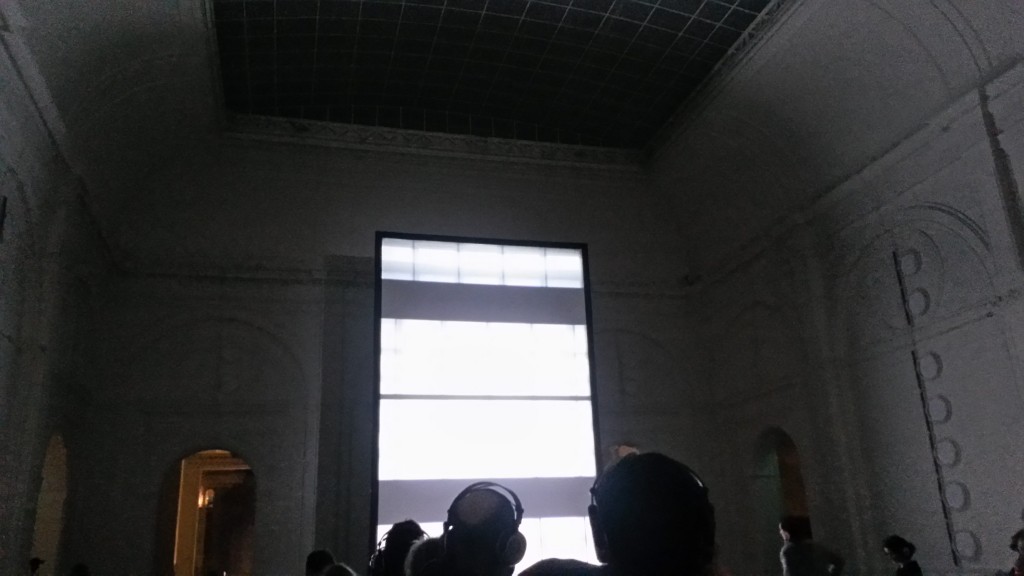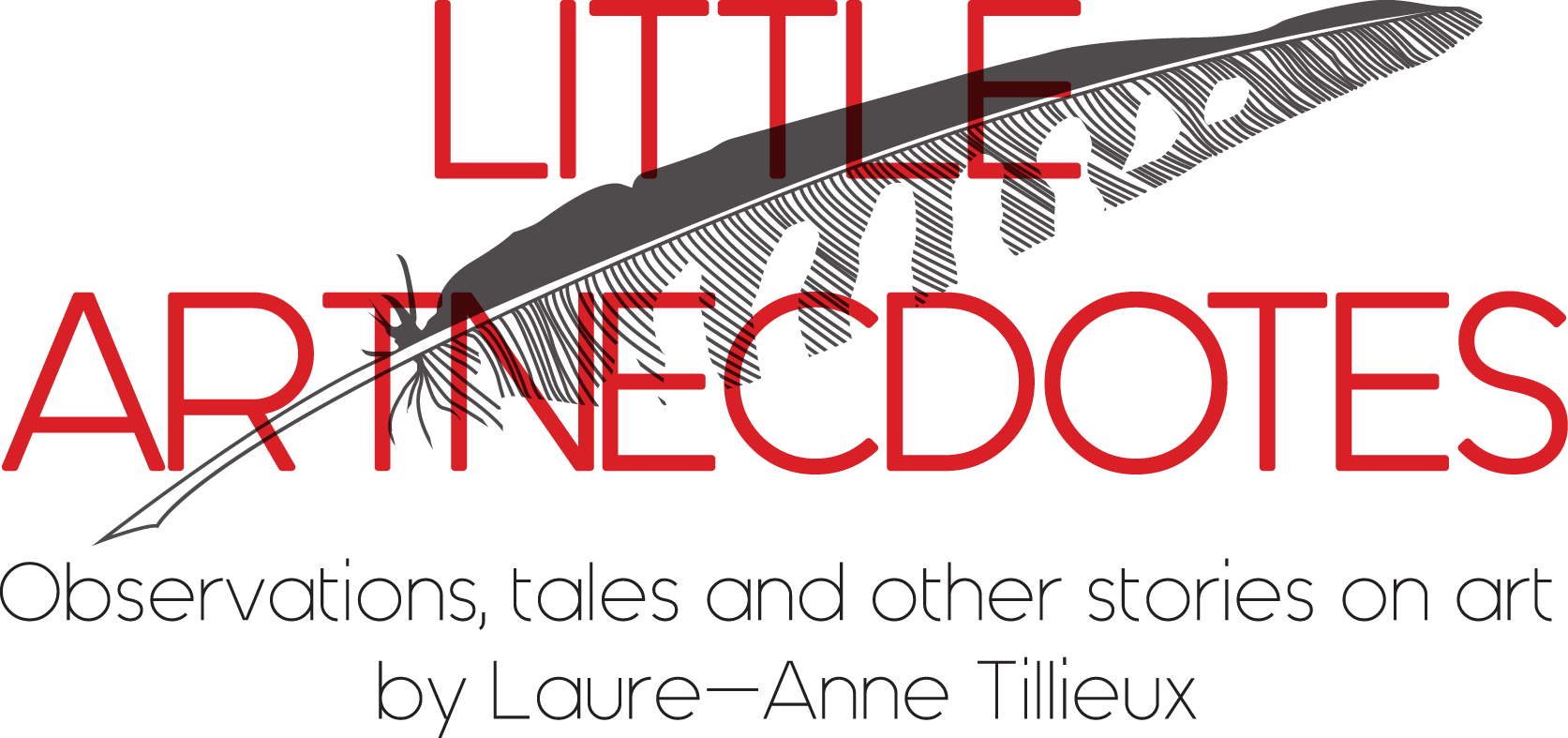The ‘verticality’ of vertical cinema
What is vertical cinema? I’ve been asking myself that question when attending the four-day event Vertical Cinema at the Stedelijk Museum in Amsterdam, which took place from 20 until 23 February 2014.
Since the very beginning cinema has explored the changing conditions of screening film. However, cinema became mostly associated with horizontality. Even today cinema still uses its horizontal characteristic as main setting. How do artists look at cinema today? Do they challenge this accepted concept of horizontal screening? For Vertical Cinema ten artists were invited to produce new audiovisual works on 35-mm celluloid for a specially developed, monumental, vertical cinemascope projection. The location was the staircase of the Stedelijk Museum’s old building, a perfect setting to confront the films with their surroundings, the architecture designed by Adriaan Willem Weissman in 1895. But what should have been an innovative and spectacular screening became a rather traditional projection of 10 minutes films.
The majority of the artists experimented with the medium of film itself (with a focus on the material) rather than exploring the verticality of projecting (or even creating). The very specific concept of verticality was nowhere to be found. The films might as well have been displayed horizontally. A missed opportunity.
The question now is: is vertical cinema just cinema on a vertical screen? Or is vertical cinema the experimentation and exploration of screening AND creating film outside the limits of tradition, and where verticality goes beyond the screen itself? I would say the latter. Unfortunately the films at Vertical Cinema did not proof to be vertical cinema as I would have imagined. This event showed that there is still much to learn and to explore. Perhaps the only comfort for a disappointing event.

Vertical Cinema at the Stedelijk Museum Amsterdam
